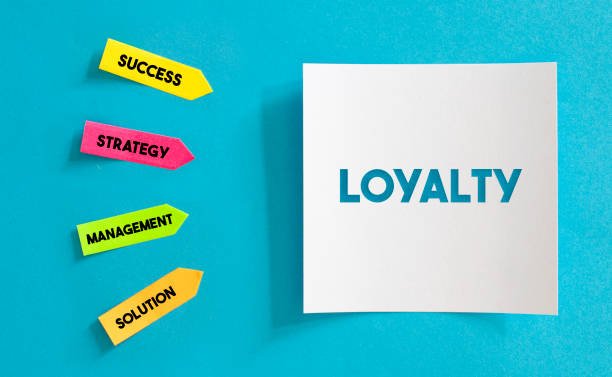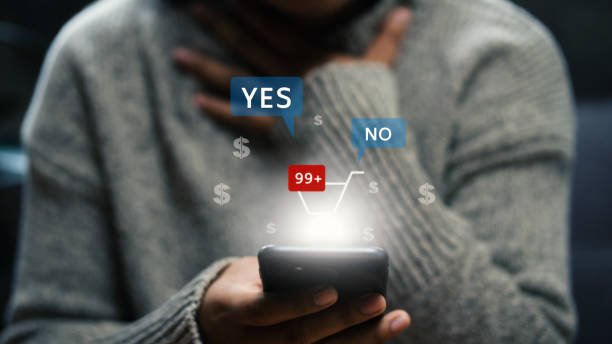Gen Z isn’t just changing how we shop — they’re redefining how brands talk to them.
Forget formal product descriptions and polished brand voices.
Gen Z buyers speak in:
- 🙃
- “This cracked me up” memes
- Abandoned carts with flair
- And yes — sarcasm wrapped in an emoji
In this guide, we’ll explore:
- Why Gen Z responds to informal, meme-driven communication
- How emojis and humor shape modern eCommerce interactions
- What it means for your store’s messaging strategy
- And how to build trust with a generation that values authenticity over polish
Let’s dive into the digital dialect of Gen Z — where emotional intelligence meets informality , and conversion begins with a laugh .
Who Is Gen Z — and Why Their Shopping Habits Matter
Born between 1997 and 2012, Gen Z now makes up a growing portion of online shoppers — especially in DTC and social commerce.
Key Buying Behavior Traits:
| Trait | What It Means for Brands |
|---|---|
| Short attention spans | Your message must land fast |
| High visual literacy | They read images before words |
| Humor-driven decision-making | Fun beats formal every time |
| Peer-influenced purchases | Trust comes from reviews and relatability |
| Mobile-first shopping | Seamless mobile experience is non-negotiable |
They don’t just want products — they want a vibe .
And if your brand doesn’t match their tone, they’ll swipe past — or worse, ghost you entirely.
The Rise of Meme Culture in eCommerce
Memes aren’t just entertainment — they’re marketing tools.
Gen Z uses memes to communicate everything from excitement to doubt — and smart brands are responding in kind.
Psychological Insight: Memes as Emotional Shorthand
According to research published in Frontiers in Psychology , memes serve as a form of emotional storytelling — allowing users to express complex feelings through humor, irony, or exaggeration.
For brands, this means:
- Understanding meme culture is no longer optional
- Using humor builds connection faster than persuasion
- Relatable content drives engagement better than sales pitches
Because when you speak in memes — you’re not just selling.
You’re being human .
Why Emojis Speak Louder Than Words
Gen Z grew up texting before talking — and emojis became their emotional grammar.
Here’s what some of the most common emojis mean in buyer-brand interaction:
| Emoji | Gen Z Interpretation |
|---|---|
| 🙃 | Sarcastic but friendly tone |
| 😂 | I find you entertaining — keep going |
| 😉 | Flirty energy — low-key and playful |
| 🥲 | Not impressed, but still watching |
| 💀 | That was so embarrassing it was funny (often self-deprecating) |
Brands that use these correctly build instant rapport — while those who overdo it come off as trying too hard.
Because with Gen Z, tone matters more than text count .
Cart Abandonment Isn’t Just a Mistake — It’s a Statement
Gen Z doesn’t always abandon carts because they changed their minds.
Sometimes, it’s part of the shopping performance .
Real-World Scenario:
A customer adds a $60 hoodie to cart → sees a TikTok about being scammed online → hesitates → leaves without buying.
Instead of assuming disinterest, treat it like a pause — not a rejection.
Example of Smart Follow-Up:
“Still thinking about our hoodie? No rush — it’s waiting for you.”
“Don’t forget your items!”
One feels conversational — the other feels desperate.
How Gen Z Communicates Intent Through Informality
Gen Z doesn’t flirt with roses and grand gestures — they flirt with:
- Emojis
- DMs full of inside jokes
- Shared memes
- Subtle teasing
- Low-pressure comments
The same goes for shopping behavior.
They signal interest not with direct questions — but with casual engagement:
- Liking a product
- Sharing a post
- Commenting with a joke or reaction
- Adding to cart, then leaving it there
Their language is indirect — but deeply expressive.
Real-Life Examples: Brands Winning With Gen Z Tone
Let’s look at how top brands are using emoji + meme + cart psychology to convert Gen Z buyers.
1. Brandy Melville – Playful Teasing Over Pushy Promos
Instead of saying “New drop — buy now,” they send:
“If you were going to pretend to be cool, why not do it in our new tee?”
💬 Result: Higher engagement, fewer ignored messages.
2. Glossier – Emotionally Intelligent Messaging
Glossier sends cart recovery texts that feel personal:
“Still deciding? We get it — beauty takes thought.”
This mirrors Gen Z’s hesitation — and validates it.
3. Shein – Meme-Based Retargeting
Shein retargets with ads like:
“Your cart misses you 😢”
Or:
“We know you were only here for the vibes…”
It’s not high-end fashion — but it speaks the language of the audience.
4. Shopify Stores Using Klaviyo + Attentive
Forward-thinking DTC brands now use AI-powered SMS tools to send:
- Funny cart reminders
- Personalized follow-ups
- Trend-based recommendations
Example:
“You left something behind… but I won’t tell anyone.”
This keeps the conversation light — and increases return rates.
How to Talk Back in Their Language
Want to connect with Gen Z?
Stop writing like a press release — start speaking like a person.
Here’s how:
1. Use Emojis Like Punctuation
Instead of overloading your message, use emojis to enhance tone , not replace words.
“That was bold… but I appreciate the effort 🙃”
“🔥👀❤️👀🔥” (no context = spam)
2. Let Them Lead the Vibe
Watch how they interact — then mirror their tone.
If she replies with:
“I see you added to cart… scared to commit?” 😉
Then respond with:
“Only scared I might run out of ways to impress you after checkout 🥲”
Match her energy — and watch the conversation grow.
3. Keep It Conversational — Even in Ads
Avoid robotic language.
Try: “Wanted to remind you this exists 🫣”
“Final opportunity to complete purchase!”
One feels like a friend checking in — the other feels like pressure.
4. Don’t Fear the Cart Drop
Gen Z often adds to cart just to think about later — or to show interest.
Smart brands track this behavior — and send reminders that feel playful , not pushy.
Example:
“No judgment if you need a minute to process this level of aesthetic perfection 🧐”
5. Build Brand Voice That Feels Human
Gen Z can spot corporate fluff from a mile away.
So write like you talk:
- Short sentences
- Occasional slang (used sparingly)
- Self-awareness
- Humor that lands well
Because when your voice matches theirs — your conversion rate follows.
Frequently Asked Questions (FAQ)
Q: Do Gen Z buyers actually respond to emojis?
A: Yes — but only when used naturally, not forced.
Q: Should I send memes to my customers?
A: Only if they align with your brand personality — and have been engaged with similar content.
Q: Why do Gen Z buyers add to cart and walk away?
A: Often to think, compare, or wait for a price drop — not necessarily to leave forever.
Q: Can informal tone still be professional?
A: Absolutely — when paired with clear value, good service, and consistent branding.
Q: Is humor risky in marketing to Gen Z?
A: Only if it’s forced or offensive. Otherwise, it’s one of the best engagement tools available.
Final Thoughts
Gen Z isn’t rejecting traditional marketing — they’re rewriting the rules .
They respond to authenticity , humor , and relatable emotion — not just product features or pricing.
So next time you’re crafting a message, ask:
“Would this feel like a real conversation — or a sales script?”
Because in the world of Gen Z buyers, connection starts with a smirk , grows with a meme, and closes with a cart.
And sometimes, the best way to sell…
Is to stop sounding like a seller — and start sounding like a friend.










